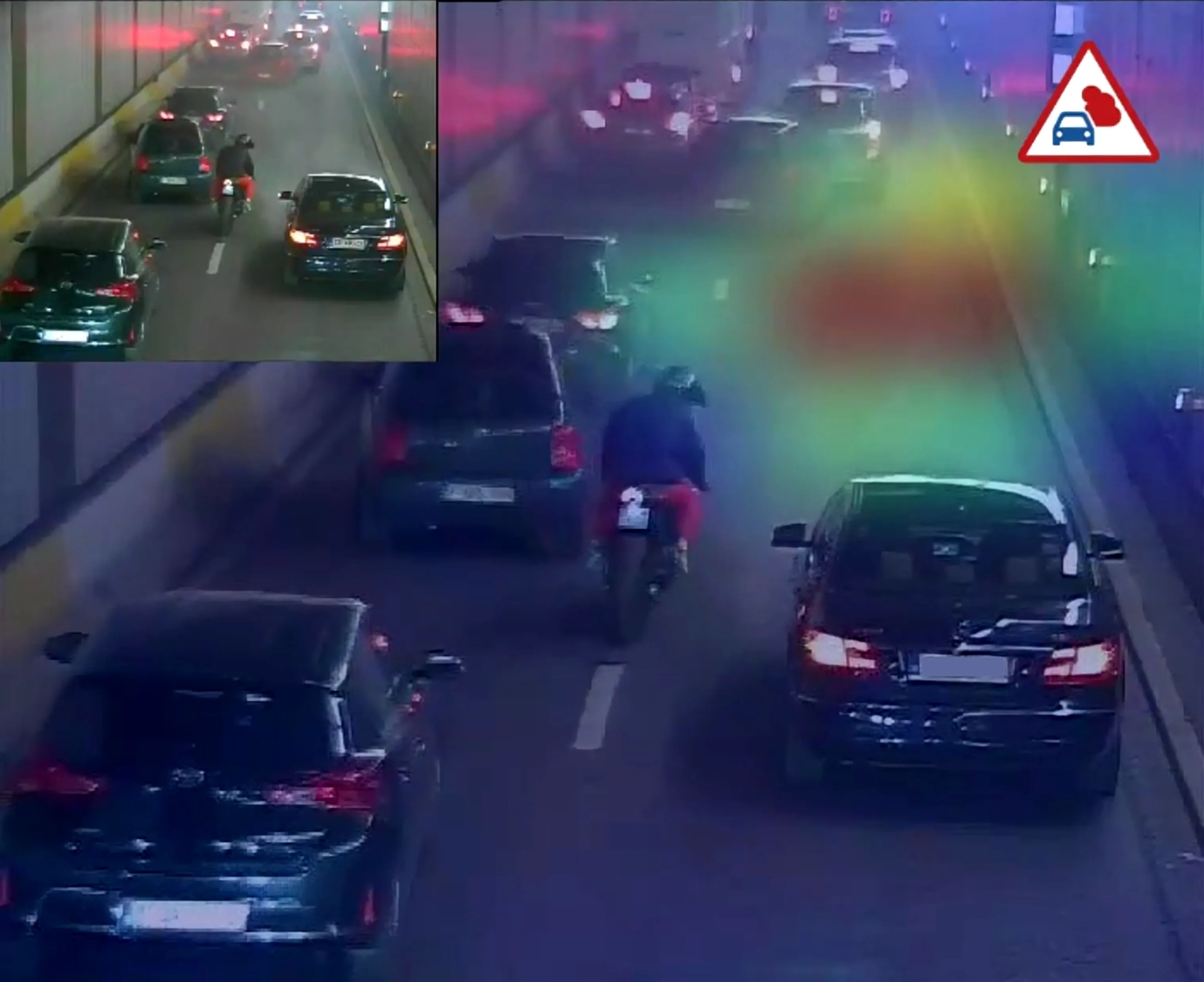
NLEX Corporation has installed 12 additional cameras on the toll roads it manages and operates in the Philippines.
This means there are now 163 CCTV cameras operating on the two expressways that link Metro Manila to North and Central Luzon: NLEX and SCTEX. These cover 190km and are used by more than 200,000 motorists per day.
The firm has also put up three more variable message signs at the newly-opened NLEX Connector Caloocan to España section, bringing the total number of VMS in the whole NLEX expressway network to 31.
The NLEX Connector is an 8km, all-elevated highway which extends the NLEX southward from the end of NLEX Harbor Link Segment 10 in C3/5th Avenue, Caloocan City to PUP Sta. Mesa, Manila.
“As we expand our roads, we remain devoted in providing safe and convenient travel experience to the public by boosting our systems in traffic management," says NLEX president J. Luigi Bautista said.
"These additional cameras and message boards reinforce our main goal of providing safe and hassle-free mobility in all our expressways."
The cameras are overseen 24/7 from the traffic control centre to provide real-time traffic updates in key areas and to help in the deployment of patrol crews and emergency response teams during incidents.
“We have always been committed in providing all-day and all-night assistance and services to the motoring public,” Bautista said.
NLEX Corporation is a subsidiary of the Metro Pacific Tollways Corporation, the toll road arm of the Metro Pacific Investments Corporation.









